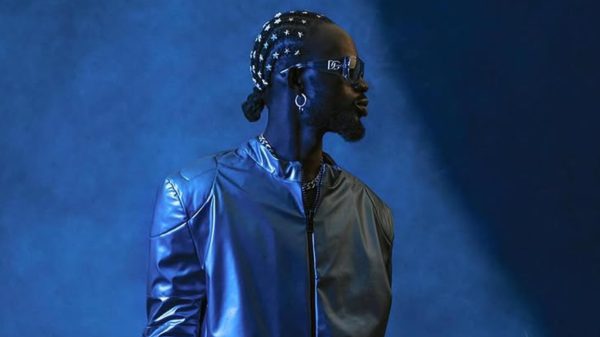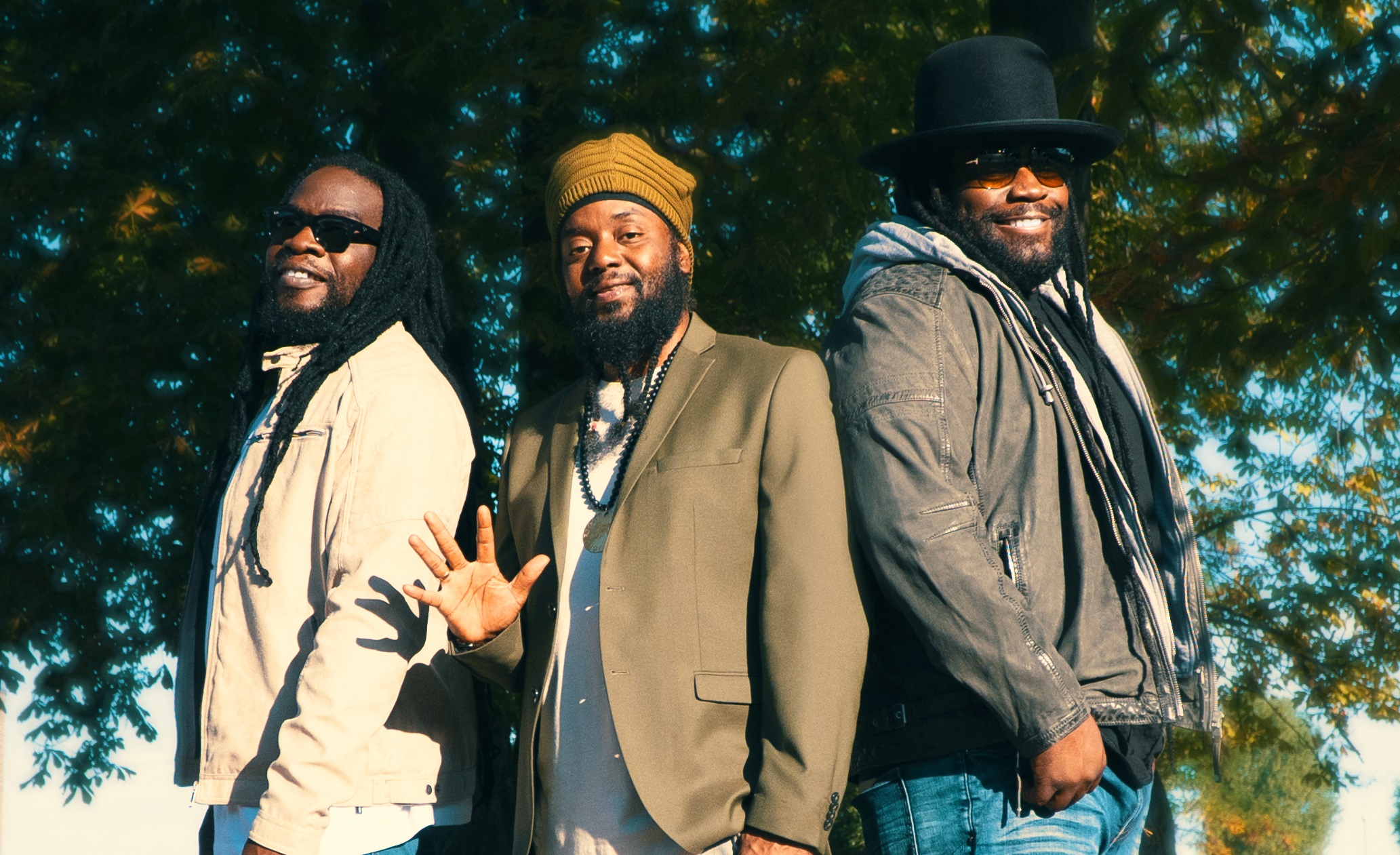We made a list of the 5 Ghanaian museums you need to visit to fully experience and appreciate the beautiful Ghanaian culture and heritage.
By visiting museums, you get a one-stop destination to learn about Ghana’s rich and beautiful history. From its pre-colonial days right up to the present, you can gain knowledge of beautiful Ghanaian music, the culture of the Ashanti people, see authentic Ghanaian artworks and find out more about the city of Accra.
Here are some of the best museums to visit in Ghana:
The National Museum

If you yearn for a more comprehensive outlook on the ancient and modern history of Ghana, then the National Museum in Accra is the place to go. The National Museum of Ghana was established in 1957 and is the ultimate repository of knowledge on the various cultural elements of the people of Ghana, including their languages, chieftaincy systems, foods, dressing and handicraft. The museum is divided into three primary sections: Ethnography, Archaeology and Arts. The Arts section houses the works of famous Ghanaian contemporary artists like El Anatsui and Ablade Glover. You can also spend time in the museum’s splendid sculpture garden.
The Kwame Nkrumah Mausoleum

The Kwame Nkrumah Mausoleum was built to honor the legacy of Dr. Kwame Nkrumah, the first Prime Minister and President of Ghana. It also houses his mortal remains, books, artifacts and other items linked to his life. Visitors are taken through the history of the pan-African struggle as well and gain first-hand knowledge of his contributions and that of other African leaders like Patrice Lumumba and Julius Nyerere.
In 1957, Ghana won independence from the British and became a sovereign state, the first of its kind in the sub-region, taking control of its affairs, resources, and development. Dr. Kwame Nkrumah was one of the men at the heart of the struggle for independence, being the country’s first prime minister and president.
The Kwame Nkrumah Mausoleum is the number one go-to destination for tourists who want to know more about the revolutionary leader who played a big part in liberating Ghana from the British.
The Museum of Science and Technology

The Museum of Science and Technology is located just a few metres from the National Museum. It displays artifacts that embody Ghana’s scientific development, from pre-colonial times to the present. Visitors can find everything from primitive hand-axes and other simple farm tools to complex machinery like helicopters and bamboo bicycles, engineered and built by Ghanaians.
The museum also serves as the venue for the final exhibition for graduating students from the Kwame Nkrumah University of Science and Technology’s School of Fine Art, where some of the finest contemporary fine arts and performance arts are on display.
W.E.B. Du Bois Center

Ghana’s historical significance does not end with pan-Africanism and the leaders across the continent who inspired the movement; it also extends to the African diaspora. African-American scholar and pan-Africanist William Edward Burghardt “W.E.B.” Du Bois moved to Ghana in the 1950s to help build the new nation at the request of Dr. Kwame Nkrumah. His museum at the W.E.B. Du Bois Centre memorializes this relationship between Africans at home and the diaspora. Visitors can expect to find his books, speeches, pictures, and other articles, as well as those of other key figures such as Marcus Garvey and George Padmore.More Info
Manhyia Palace Museum

The Manhyia Palace Museum was built to catalog and share the illustrious history of the Ashanti, one of history’s most dominant West African empires. The museum, located in Kumasi, Ghana’s second largest and most populous city, houses various priceless artifacts dating back to the height of the Ashanti empire. Visitors can also explore the birth of the empire through various video installations. All in all, this is an excellent place to dive into the expansive wealth of knowledge that was born from the Ashanti empire.





















































































































